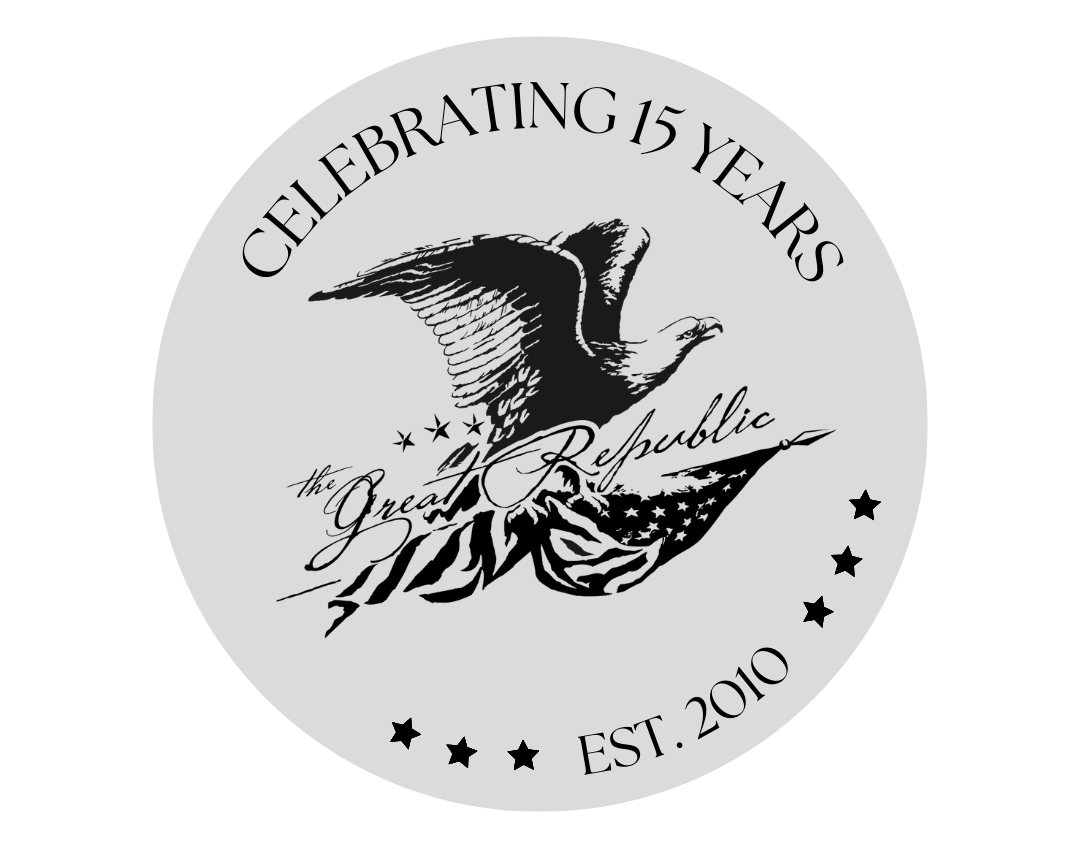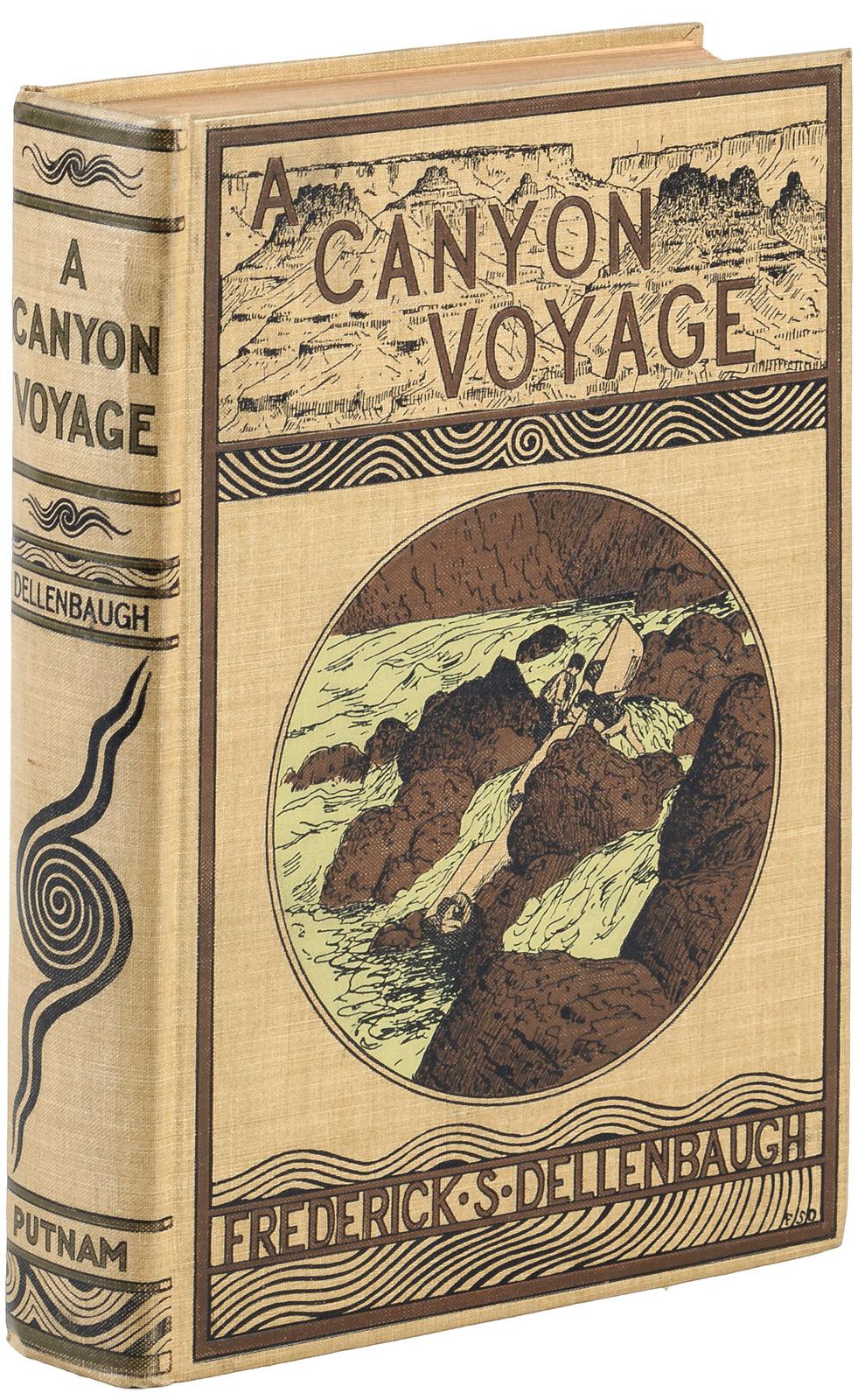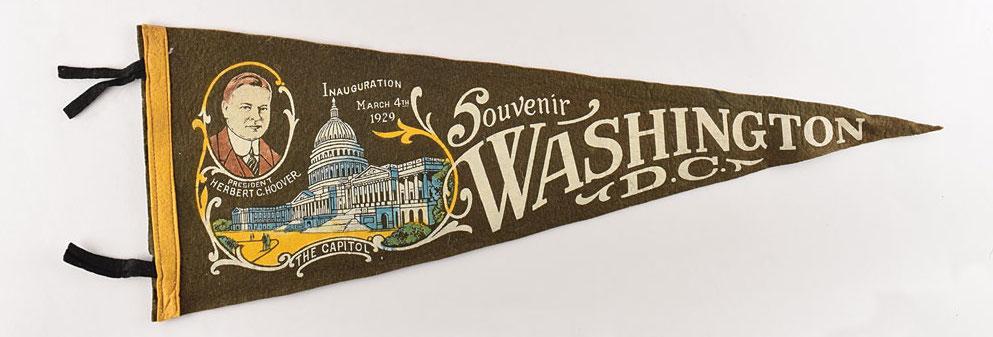Samuel Augustus Mitchell and 19th Century Map Publishing
1846 "A New Map of Texas, Oregon and California with the Regions Adjoining" by S. Augustus Mitchell.
At the beginning of the 1820s, the demand for maps was at an all time high. The frontier of the country advanced year by year, roads, canals and railroads were built, and maps were a prime necessity. The surveys of the General Land Office, Army and Navy, and state surveys were hardly able to keep up with public demand and land acquisition changes. As a result, private cartography had to come to their aid.
One such enterprising map publisher was Samuel Augustus Mitchell Sr. (1792 - 1868). Mitchell began his map-publishing career in the early 1830s. Having worked as a schoolteacher, Mitchell was frustrated with the low quality and inaccuracy of school geography textbooks of the period. With that in mind, he relocated to Philadelphia in 1829 in order to be closer to the then publishing hub of the United States. His first maps were an attempt to rectify this problem.
Mitchell’s first published cartographic work was the re-issue of Anthony Finley’s New American Atlas in 1831. Using the content of Finley’s maps as a guide, Mitchell’s edition of the New American Atlas significantly improved upon the amount of information, primarily by adding new towns and roads in the south and in the west.
Mitchell specialized in large wall maps. The first edition of Mitchell’s Map of the United States, by J.H. Young was issued bearing the copyright date of October 10, 1831. Due to the success of this map, it would be continuously revised and issued until 1844. In 1832, Mitchell offered the first edition of his Travellers Guide Through the United States, A Map of the Roads, Distances, Steam Boat & Canal Routes &c. By J.H. Young . . ., which would become one of his most popular and enduring works. This wall map of the United States was one of the earliest uses of steel engraving in American map publishing.
Following his publication of his New American Atlas, Mitchell started working on individual, reduced-sized pocket maps of a number of states in the United States. These pocket maps were published for an American populace hungry for cartographic information on their states. J.H. Young and D. Haines are listed as the engravers on these maps.
 1839 Mitchell's "A Tourist's Pocket Map of the State of Ohio Exhibiting its Internal Improvements Roads Distances &c." by J.H. Young.
1839 Mitchell's "A Tourist's Pocket Map of the State of Ohio Exhibiting its Internal Improvements Roads Distances &c." by J.H. Young.
Unlike some of his contemporaries, Mitchell was neither a cartographer nor an engraver. Rather he acted more as the editor and business manager of his publishing company, with J.H. Young working as the primary maker and engraver of the maps. In the next 20 years Mitchell would become the most prominent American map publisher of the mid-19th century. Mitchell worked with prominent engravers J. H. Young, H. S. Tanner, and H. N. Burroughs before attaining the full copyright on his maps in 1847.
In 1849, Mitchell teamed up with printer Cowperthwait & Company to produce Mitchell's Universal Atlas and Mitchell's General Atlas. In the late 1850s most of the Mitchell copyrights were bought by Desilver and Co., who continued to publish his maps, many with modified borders and color schemes, until Mitchell's son, Samuel Augustus Mitchell Jr., entered the picture. S. A. Mitchell Jr. purchased most of the copyrights back from Desilver and, from 1860 on, published his own New General Atlas. The New General Atlas was issued by S. A. Mitchell Jr. until 1887. Meanwhile, his father had continued to issue wall maps.
At its height, the Mitchell Company employed 250 people and sold 400,000 publications annually. Mitchell Sr. died in 1868 and Mitchell Jr. continued the business. The younger Mitchell became as prominent as his father and published atlases well into the late 1890s. when most of the copyrights were again sold and the Mitchell firm closed its doors for the final time.






